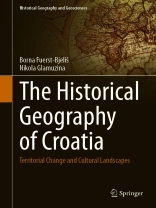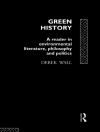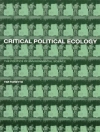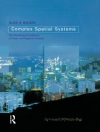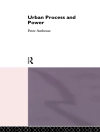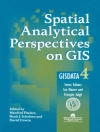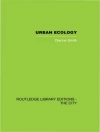This monograph gives a comprehensive but in-depth analysis of the territorial development of Croatia and historical processes of significant spatial impact. It covers the millennial time span – from prehistory till the present, through relevant periods, e.g., prehistory, antiquity, Middle Ages, period of Ottoman progression and retreat, Post-Ottoman period of development of the Central European railway network, the period of South Slavic political associations (old and new Yugoslavia), and the post-Yugoslav period of independent Croatia.
The book is highly illustrated with maps and figures. It is written by scholars from the region, based on the original research and the vast body of literature. It is one of the only books in English that interprets the overall development of the territory and cultural landscape of Croatia. Its scientific but comprehensive approach makes it of use to scholars, students and anyone interested in historical and geographicalprocesses and features of Croatia and the Balkan region.
Daftar Isi
1. Introduction: The Territory.- 2. Prehistory –The Early Interactions Between Humans and Their Environment.- 3. Antiquity–The First Model of Territorial Organisation.- 4. Early Middle Ages and the Croatian state–Spatial Organisation and a new Cultural Landscape.- 5. High Middle Ages–Economic and Political Stabilisation, Re-urbanisation, and Regional Differentiation.- 6. Ottoman Conquest and its Impact on Territorial Reduction and Spatial Change of Croatian Territory.- 7. The Early Modern Era: Ottoman Decline.- 8. Spatial Impacts of Industrial Development Within the Austro-Hungarian Monarchy.- 9. Croatia within South-Slavic political associations.- 10. Stepping Out of the Past: Developmental Tendencies of Croatia Since the 1990s.
Tentang Penulis
Borna Fuerst-Bjeliš is a professor at the University of Zagreb (Croatia). Her research interests are mainly focused on historical geography, environmental history and landscape change, borderlands areas, spatial perceptions and spatial (regional) identities. She has been serving as the vice-president of the European Society for Environmental History (2017–19). Since 2020 she was appointed chair of the IGU Commission on Marginalization, Globalization and Regional and Local Response. She has co-authored 6 textbooks, edited 4 books and authored or co-authored more than 90 papers, among which 60 peer reviewed scholarly book chapters and research journal articles.
Nikola Glamuzina is a professor at the University of Split (Croatia). His research interests are primarily economic geography, historical geography, urban geography and historical cartography with focus on Croatia and neighbouring Bosnia and Herzegovina. He has authored or co-authored 4 scientific books (including 2 textbooks), and more than 30 papers, mostly research journal articles.
